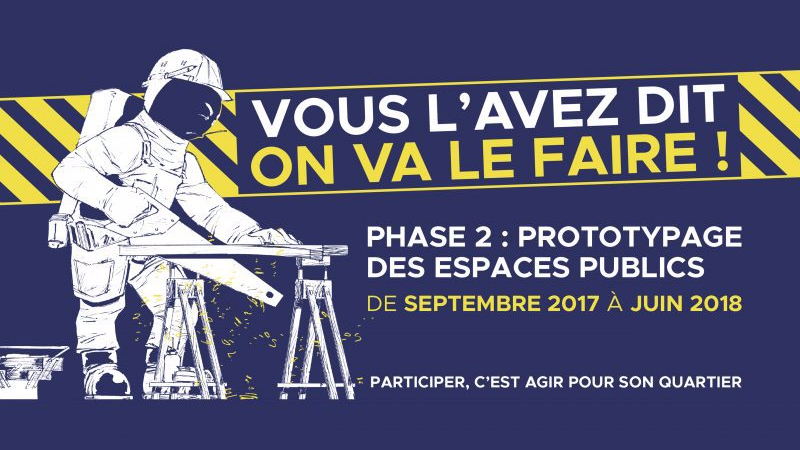The City of Ghent turned to temporary use for planning and co-creating lively and engaging public spaces. The City bought for example a bankrupt workshop area in a densely populated neighborhood of Ledeberg to plan and develop a green, public meeting place for local people.

During the planning process city opened the area to inabitants’ temporary use initiatives. Open cafeteria and neighborhood initiative meetings, peasents market, theater training for youth from social risk background, community school and dance lessons for toddlers are among initiatives that operate there while the new public space is planned.
The City sees it as an opportunity to reimagine and co-create a public space with direct participation of local inhabitants, engaging them into the planning of the area. This makes the public space in-making to be more successful by creating demand for this site already before its development. The City has supported Standaertsite initiatives with a 20 000 € grant, which is not much compared to the ultimate building costs of the project.

Similarly, temporary use has been adopted as a planning tool in case of Ile de Nantes. The City of Nantes commissioned Samoa to direct the Ile de Nantes project. The Ile de Nantes, an area of 337 hectares with almost 1.5 million sq. m of buildable space located just steps from historic city centre, has been undergoing extensive urban renewal for the past 15 years. Samoa carries out preliminary studies, develops public spaces, manages the land and former industrial sites and communicates about the project.
This article is part of the series “Providing Temporary Use services” in which Mārcis Rubenis from Free Riga and Irīna Miķelsone from the City of Riga (Latvia) are describing some examples of how Temporary Use initiatives can see and market themselves as a form of service.
See also the previous blog post about the Standaert site: “Standaertsite – a public park developed by temporary use and inhabitant initiatives“.



